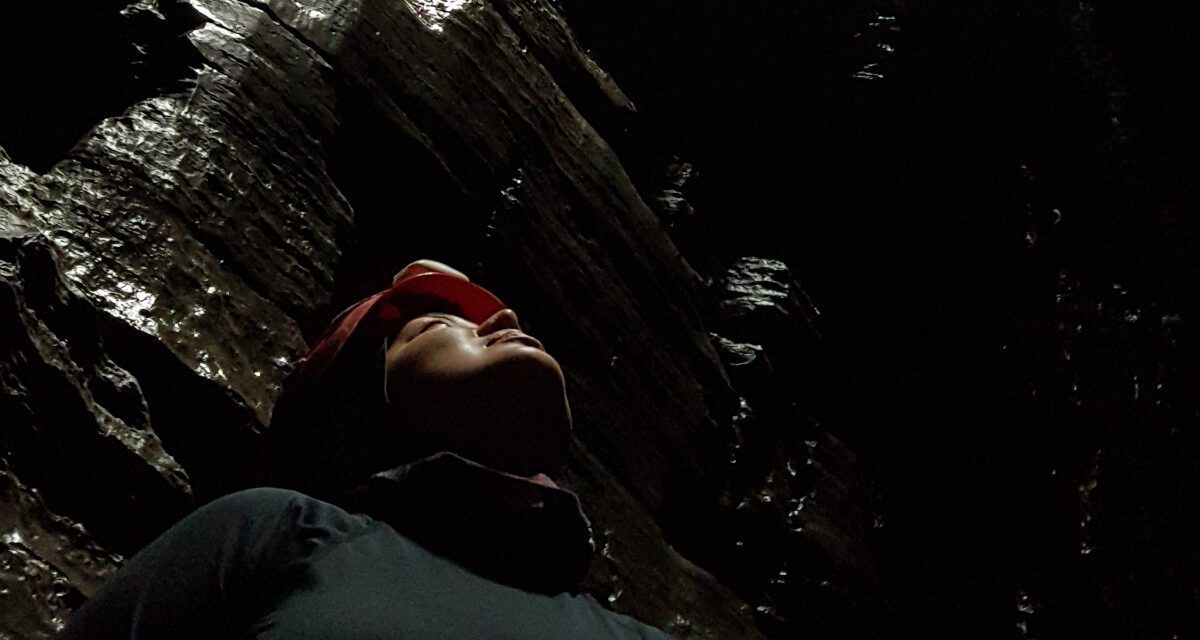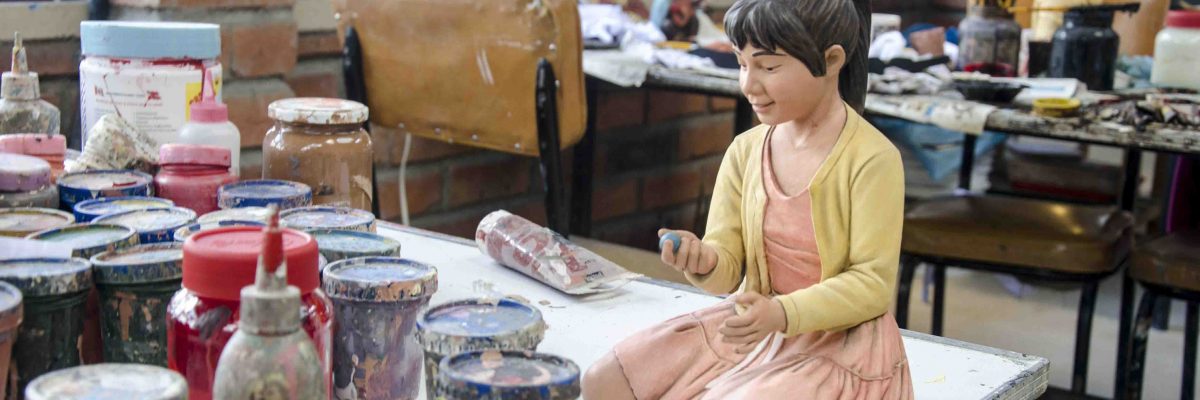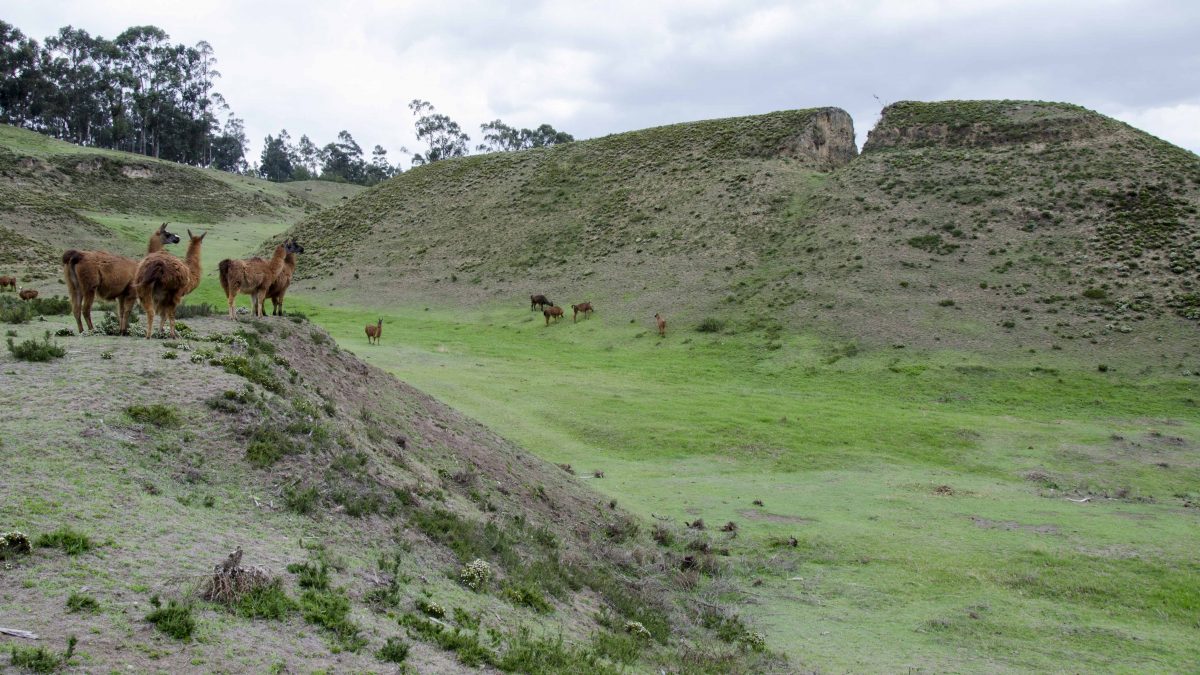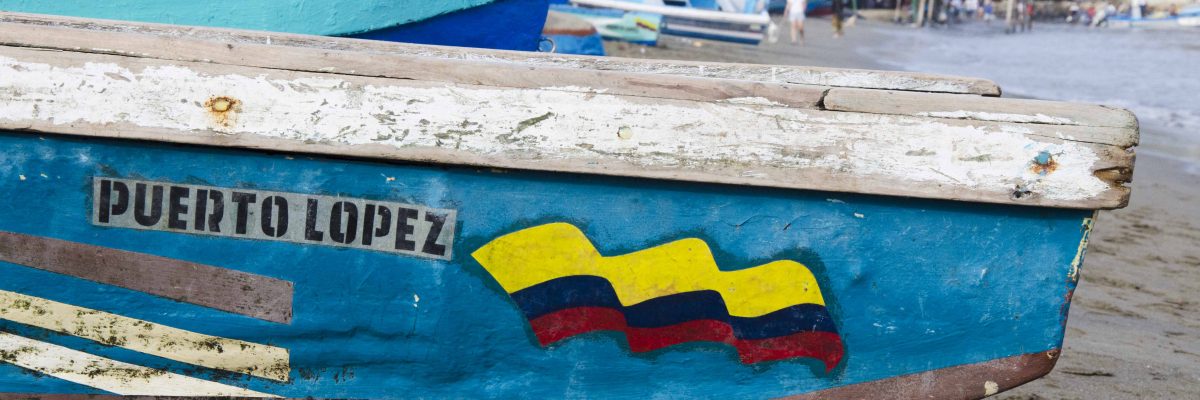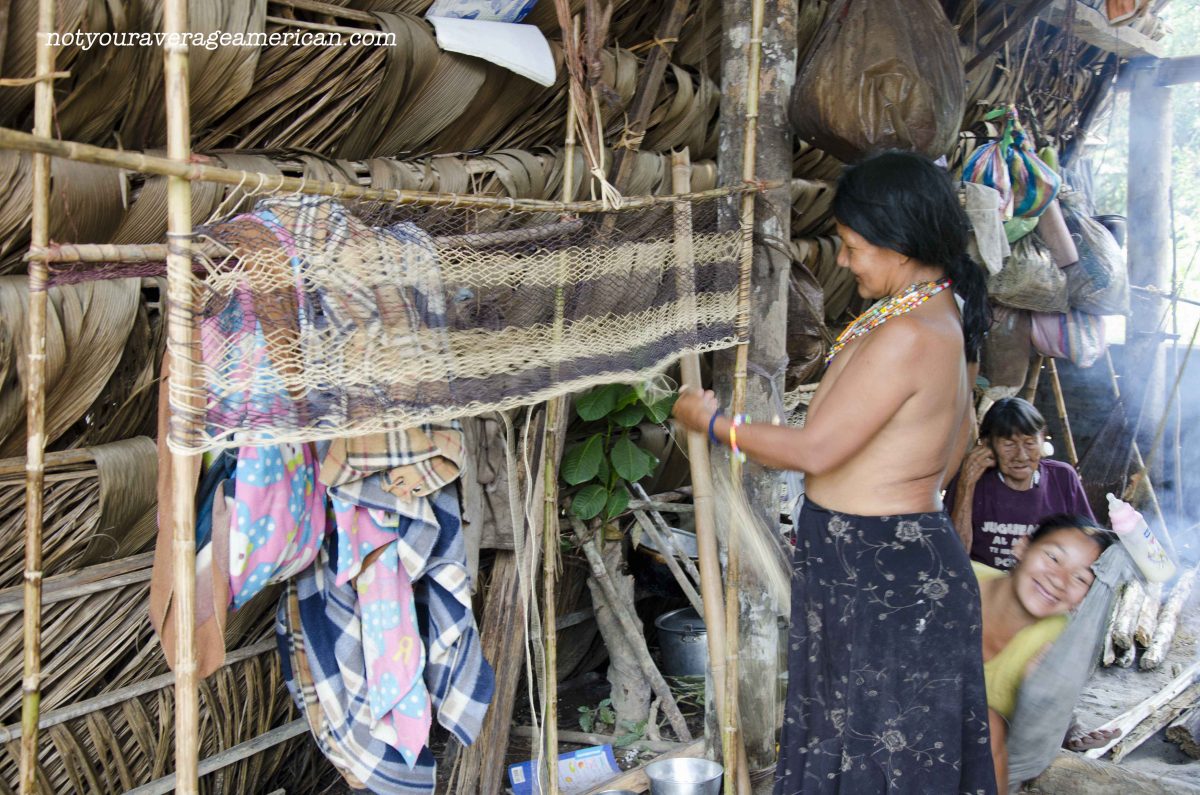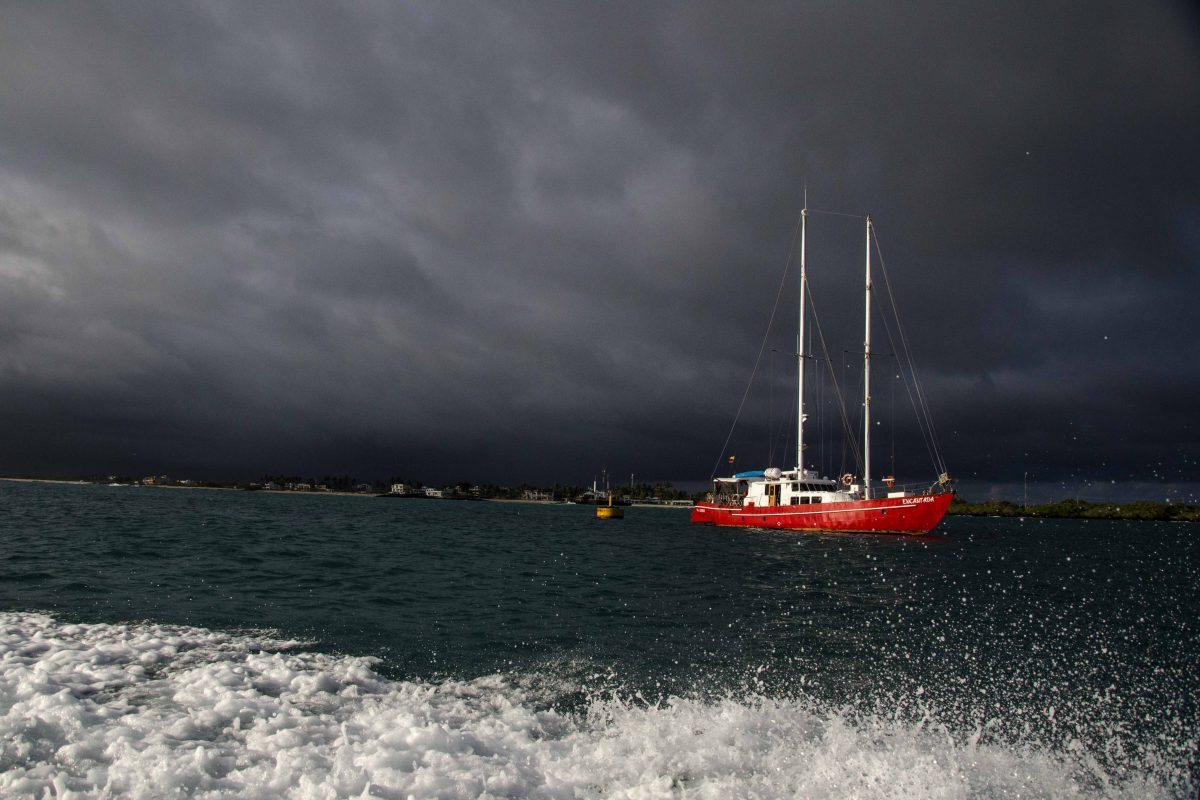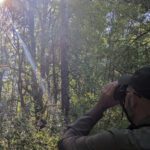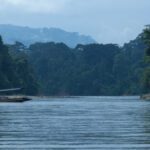Last updated on October 23, 2025 by Angie Drake
The Cave of the Tayos: From Sacred Sanctuary to Trending Tourist Attraction
Deep in Ecuador’s Amazon region lies the Cave of the Tayos — once a sacred sanctuary and haven of biodiversity — now a place that stirs deep reflection within me.
This iconic site, long revered by the Shuar people for its cultural significance and famed for its geological and mythical intrigue, has shifted from being a space protected by its original Guardians, the Shuar community, to an overexploited tourist commodity.
A Journey to the Heart of the Tayos: Challenge, Mystery, and Respect
In 2017, I joined the annual expedition to the iconic Cave of the Tayos. I was the only woman among a group of 13 participants, and I quickly realized that the real challenge went far beyond the physical demands of the journey. Led by Sebastián Almeida — writer, tour guide, and researcher of ancient mysteries — we were guided, above all, to approach this visit with deep respect. We entered the experience cautiously, knowing the path would be neither easy nor fast. Long treks through thick mud and encounters with the local Amazonian wildlife tested our endurance. Yet we trusted in our own abilities, and in the spirit of the Cave itself, believing it would allow us safe passage.
Our descent into the cave — a vertical drop of 63 meters down a narrow chimney — took place in Ecuador’s Morona Santiago Province, where the site is protected by the Shuar community.
During this incredible journey, I had the privilege of meeting Ariel Tiwirán, our Shuar guide, who stayed with us from beginning to end. In this article, he offers an update on what’s happening today in the Cave of the Tayos.

A Mythical and Natural Legacy
The Cave of the Tayos takes its name from the Oilbird — nocturnal birds that once nested deep within its chambers. For centuries, this place held sacred meaning for the Shuar community, who carried out ancestral ceremonies inside its depths. At the same time, the cave piqued the interest of explorers and scientists, partly due to mysterious accounts of artifacts said to have been found within, and the investigations of Hungarian aviator and explorer Juan Moricz in the 1960s.
But beyond the myths, the Cave of the Tayos is a singular ecosystem. Its caverns shelter unique biodiversity and are part of the fragile ecological balance of the greater Amazon region. For many years, access to the cave was restricted — entering its depths not only required permission from the Shuar community, but also demanded a deep understanding of and respect for its spiritual significance.
Key Testimonies on the Current State of the Cave of the Tayos
In speaking with Sebastián Almeida Dillon, it’s clear that his concern stems from his visit in August 2024, when the growing number of visitors revealed signs of irreversible impact on the Cave of the Tayos. Today, the oilbirds are no longer seen. These creatures have been displaced by ongoing human activity and the disruption of their natural habitat. Their dramatic decline is deeply troubling, as is the noticeable absence of insects and spiders that once defined the cave’s rich ecosystem.
He laments the state of the cave’s interior, where evidence of neglect is painfully obvious. Trash now lines areas that were once pristine, and geological formations have suffered damage. Even more disheartening, some visitors or tour organizers have taken the liberty of leaving behind items like chairs and other equipment, as if staking claim to the space for future use.

Cultural Imbalance Within the Shuar Communities
The imbalance isn’t just ecological — it’s cultural, too. Among the Shuar communities, some members have seen financial gains from tourism, while others mourn the erosion of traditional values. What was once a sacred site has, for some, become merely a source of income — a shift that has caused a painful disconnect from both culture and spirit.
Still, it’s worth noting that several nearby communities have come together to improve the trails that lead along the long journey to the entrance of the Cave of the Tayos. Yet Sebastián leaves us with a chilling truth that stays with me: “The inner life of the Cave is being lost to mass tourism.”
The Courage to Speak Out: Ariel Tiwirán’s Stand
For me, it was essential to hear from Ariel Tiwirán, a man with deep ties to this place — someone who has lived through the entire transformation of the Cave of the Tayos, long before it became a tourist destination. He has taken part in countless expeditions, and his perspective, while partially aligned with Sebastián’s, comes from lived experience.
On multiple occasions, Ariel discovered garbage, sleeping bags, and large water jugs left behind after visits organized by tour operators. He publicly denounced these irresponsible practices on social media, posting photos to hold people accountable — even pointing out that some visitors were removing rocks and fragments of stalactites. His reward? Intimidating messages and threats sent through direct messages online. But Ariel refused to back down. As he put it: “I do not fear even death.” He is determined to ensure that the Cave of the Tayos does not disappear.
This issue was later brought before the Shuar Community Assembly, where members formally asked Ariel to take on the leadership of future visits — entrusting him with the responsibility of setting clear boundaries to protect the cave from further harm.
From Collective Action to Personal Growth
Soon after, Ariel called for a minga — a traditional community work day, voluntary and collective, meant to serve the common good. Together, participants filled bag after bag with trash left behind by previous visitors. This effort marked a turning point in how the community manages tourism, setting in place basic — yet necessary — rules to guide visitor behavior.
Ariel is deeply grateful for the support he received along the way as he grew into the local guide he is today. He credits much of his training to Roberto Hernández — the same expedition leader I traveled with back in 2017 — who taught him essential skills in rope work, knot tying, and equipment safety. Most importantly, thanks to this mentorship, Ariel now has the confidence and expertise to provide what matters most on a challenging expedition: safety. Inspired by this experience, he went on to complete courses in rescue operations and medical care, making him an indispensable asset when it comes to protecting the well-being of those who venture into the Cave.

Improved Living Standards and Responsible Tourism
Life has improved not only for the Shuar community, but also for those who visit. With joy, Ariel shares that they now have clean restrooms, showers, and four shelters for camping. This economic growth has had a direct and positive impact on the community — their diet has improved, and they’ve enriched the visitor experience by offering traditional Shuar dances as part of the journey. Things are very different now. The earlier threats have been replaced by a shared agreement: zero trash and complete respect for the Cave of the Tayos. The community is now fully integrated into the tourism model through a $25 USD per person entrance fee, as well as optional gear rentals for those who need them.
As for the cave’s fauna, Ariel notes that population numbers vary depending on the season. However, compared to what once was, many agree that the species that once thrived inside the cave have definitely declined in number.
The Path Toward Regenerative Tourism
This expedition became an opportunity to connect with a culture I had never encountered before — an experience that completely pulled me out of my comfort zone. It gifted me the perspective to realize just how small we are in the face of vast, untamed nature — but also how much harm we can inflict on a habitat that has everything we need and offers it to us so generously.
Speaking with both Sebastián and Ariel left me deeply reflective. It made me question how easily we generate interest in a destination simply by what we see trending on social media — without stopping to consider the impact our visit might have. We let ourselves be guided by what’s fashionable, often without doing the smallest bit of research, and worse yet, without designing our travels around a greater purpose.
We’re All Part of This World
We all share responsibility for the world we live in. Whether we’re creating travel experiences or consuming them, we must recognize our role as agents of change in the tourism sector. Empowering local communities will only succeed if we — as travelers — give them the respect and value they deserve.
A travel experience should be positive for everyone involved — and that includes the natural world that welcomes us into its habitat and offers us the chance to live something truly extraordinary.
So next time you travel, do it with awareness. And with purpose.

